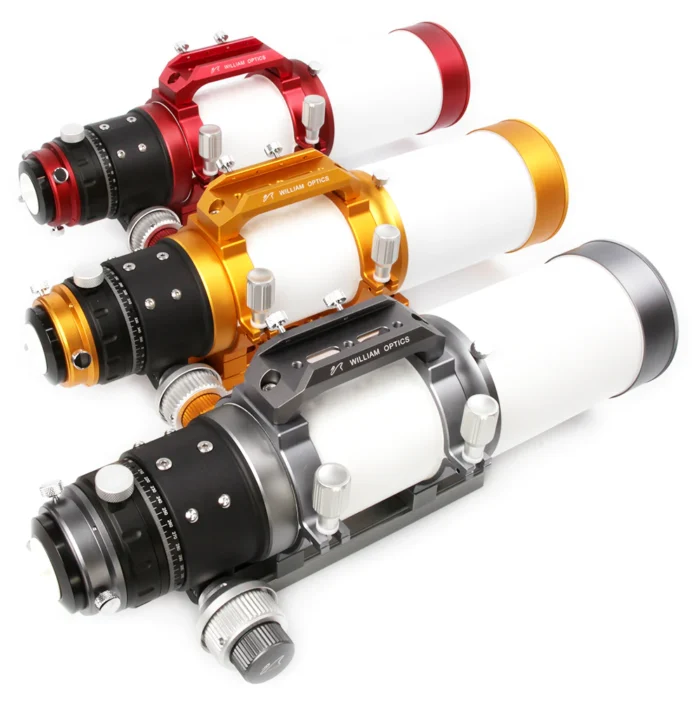The telescope is an instrument that collects light and other electromagnetic radiations and forms a magnified image. It uses lenses or mirrors to focus different types of electromagnetic radiation, such as visible light, ultraviolet, infrared, and X-rays, onto a detector called the eyepiece. Telescopes in Australia may be used for direct imaging (such as astronomical observation) or indirect imaging via projection onto screens or film.
Telescopes come in different types, and Williams optics in Australia sells almost all of them. Each type is suited for a different task.
Classification:
Telescopes are classified based on the wavelength they use to observe celestial objects:
- Infrared telescopes use filters with wavelengths longer than 1 micron (0.001 mm) but shorter than 100 microns (0.01 mm) which enables them to view heat sources much more relaxed than if using visible light alone. However, infrared telescopes can only see up close because they do not pick up any information beyond distances more than 100 times larger than their size (see also microlensing).
- Visible-light telescopes use filters with wavelengths between about 0.4–1 millimetre (mm). These allow images at a higher resolution but also limit visual capabilities since each pixel must be processed separately, unlike digital cameras, where pixels are combined into a painting by computer software before being displayed on the screen. This method requires more processing power, so it is generally not practical if trying to capture images quickly enough due to its computational requirements in Australia.
Radio telescopes
Radio telescopes are used to detect radio waves. Radio waves can be emitted by astronomical objects such as stars and galaxies, as well as by other astronomical phenomena such as supernovae. The Earth’s atmosphere absorbs most of the radiation that would otherwise reach the Earth from space, but some of this is reflected down to the planet by clouds.
Radio telescopes use many antennas spread across their surface to receive signals from distant space objects using radio waves in Australia.
Infrared telescopes
Williams Optics in Australia sells infrared telescopes that are used to observe the universe in the infrared spectrum. This is because the radiation emitted by astronomical objects at temperatures above absolute zero (0 K) has a longer wavelength than visible light. Infrared radiation can be used to study their composition, temperature, and movement through space.
Optical telescopes
Optical telescopes are used to collect optical radiations emitted by astronomical objects. Optical telescopes can be divided into two types:
- Refracting Telescopes use lenses to focus light. They have a large diameter and a small focal length, making them more sensitive than reflectors when gathering faint objects. The advantage of refracting telescopes is that they don’t require moving parts. However, their size limits how much light you can collect at any time because your telescope needs room for its optics (lenses/mirrors).
- Reflecting Telescopes use mirrors instead of lenses; this gives them greater flexibility when collecting faint objects because there aren’t as many moving parts involved in making such a device. Reflecting instruments also offer better resolution than refractors due to fewer aberrations caused by imperfections within their mirror surfaces themselves—though both types still suffer from chromatic aberration (colour fringing), coma (light bending), astigmatism (distortions), etcetera.
X-ray telescopes
An X-ray telescope is an astronomical instrument that contains X-ray radiations emitted by astronomical objects. It can study celestial objects that emit X-rays, such as stars and planets.
Gamma-ray telescopes
It collects gamma rays emitted by astronomical objects in Australia. Gamma-ray telescopes are used to detect, measure, and analyse the emission of gamma rays from celestial objects. These include stars and galaxies, as well as other cosmic things. They can also be used to search for high-energy sources of gamma rays, such as supernova explosions or colliding galaxies.



